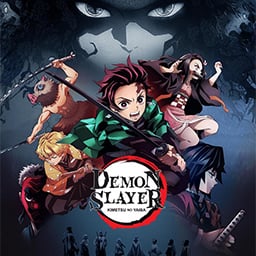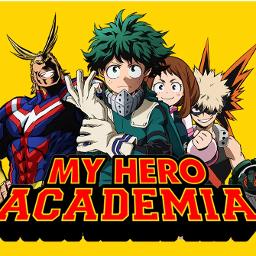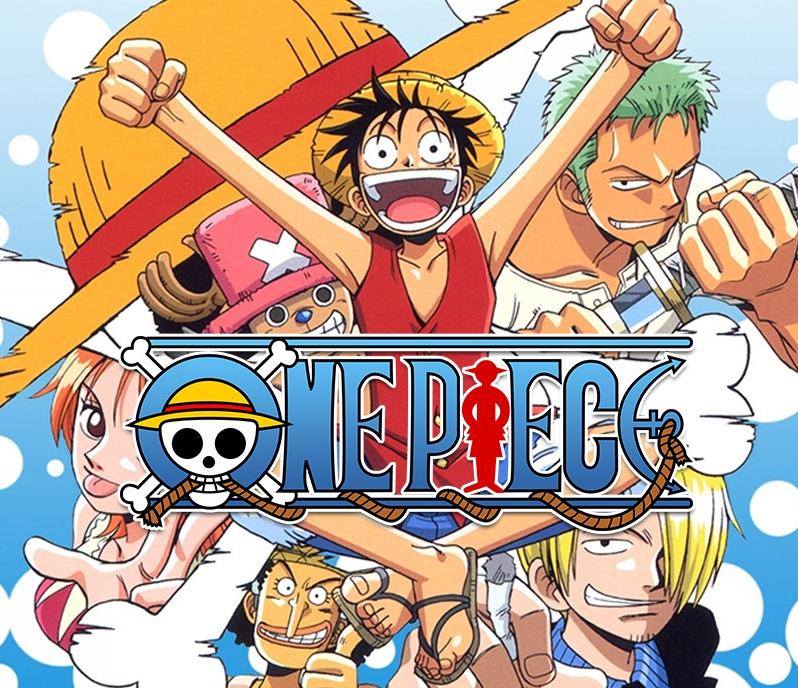Bandai the third largest figurine company
Bandai is the third largest toy manufacturer in the world after Hasbro and Mattel, and the only one headquartered in Japan.
It specializes in model kits related to animated series, Super Sentai figurines and virtual pets. Bandai is twinned with the video game company Namco and presides over a global empire of toys, games, animation and films.
Bandai began life in 1950 as a company manufacturing toy metal cars and rubber swimming rings. In September of the same year, they launched their first original product: The Rhythm Ball. In 1955, it implemented a product warranty system, which was an industry first at the time. This is a strong statement on quality standards, which is still important today, in a market flooded with cheaply made toys.
In 1960, the company began selling toys internationally. In 1963, Astroboy became their first major television-related toy. Over the next few years, they had successes with their radio-controlled car, their racing game, and a product called Crazy Foam.
In 1967, they obtained the Thunderbirds license. In 1973, their Mazinger Z won the grand prize at the Fourth International Trade Fair. In 1978, LSI launched Baseball, which would later become its first major success in the field of electronic games.
In 1980, a line of plastic Gundam model kits was released, setting another industry standard. This is a major event, as model fantasy characters have always been more popular in Japan than in the West.
Mobile Suit Gundam, which debuted with the Sunrise TV anime series in 1979, centered around giant, mechanized suits, a concept that lent itself perfectly to model kits, bridging the gap between robots and vehicles.
More than three and a half decades later, there have been dozens of television series and films, manga, and hundreds of model kits and toys, making it one of the most popular licenses for Bandai.
As a result, in 1982, Bandai established a new department to produce animated films and television products. One of their main interests from that point on was producing licensed toys of villain and robot costumes.
In 1983, the Kinnikumen Kinkeshi rubber wrestler figures, based on a manga comic and an anime, became a huge success. They were then marketed in the United States under the name MUSCLE (or Millions of Unusual Small Creatures Lurking Everywhere). In 1985, Bandai used this license to launch its first Nintendo NES game and sell over a million copies of Kinnikumen Muscle-Tag Match.
Also in 1983, Bandai took over the Godzilla license, creating multiple Kaiju fighting series over the next three decades. You can of course learn more about this in our Godzilla video.
In 1986, the Neko Nyanbou, which literally translates to "cat's hand", is a rather strange, but popular toy worth mentioning. It's hard to say what it was intended for, but I believe it could have been used as a back scratcher. In 1987, their first animated film finally saw the light of day after five years of development: Royal Space Force, The Wings of Honneamise.
In 1993, Sailor Moon proved to be a massive hit for girls and boys of all ages, the same year Power Rangers reignited Americans' interest in the Super Sentai concept (i.e. a humanoid combat team piloting large vehicles which all form a huge robot) which had initially seduced them with Voltron. Power Rangers, like Gundam, has had immense impact and longevity and, after over twenty years, is still relevant, making it another cornerstone of Bandai's portfolio.
In 1994, shortly before the launch of Mobile Suit Gundam Wing, which sparked renewed interest in the series, its creators, Studio Sunrise, joined the Bandai group.
In 1995, in collaboration with Apple Computers, Bandai released the Pippin. The plan was to make it a cheap computer that worked like a console. Unfortunately, Apple let Bandai, which had no experience with hardware, do most of the work.
As a result, the controller was not comfortable and Bandai was the only company making games for this computer. At $600, it was much more expensive than the N64, Saturn or Playstation, which already dominated the market. They produced 100,000 but only 42,000 were sold before production was stopped. The Pippin would later be ranked 22nd on PC World's list of the 25 Worst Tech Products of All Time.
In 1996, Bandai released the Tamagotchi. Many jumped the gun in the virtual pet wars of the 1990s, but it is widely believed that the Tamagotchi brand was the leader in this craze that put schoolchildren in trouble trying to feed their pets. hypothetical creatures squealing in middle class and becoming distraught when they died.
In fact, Tamagotchi stock sold out so fast and well that Bandai had to release a second version with an apology. In the years since, there have been many updates, additions, variations and rare releases, which has maintained the toy's popularity until today.
In 1997, the Digimon Virtual Pet was produced, aimed at boys, since the Tamagotchi was considered a girl's toy, even though I had two 😊.
Digimon was positioned as a direct competitor to Pokemon with a tie-in to the TV series, films, and manga comics. Unlike other virtual pets, they could fight against other Digimon and, upon death, join a sort of computer Valhalla called Mainframe.
In the late 1990s, a merger with the then still relatively successful video game hardware maker Sega was considered, but talks broke down due to "cultural differences". The Namco merger of 2005 seems to be what Bandai was looking for.
In July 1999, thanks to Gundam Wing, villain costume model kits exceeded 300 million sales.
That year also saw the release of Bandai's WonderSwan, a portable gaming system designed to rival the market-leading Neo Geo Pocket and Game Boy Color. Over the next four years, it underwent several hardware revisions, including a color version and a sharper screen, but it ultimately succumbed to Nintendo's Game Boy Advance.
In 2003, Bandai entered into cooperation with Mega Bloks, the second company after Lego in the building block market. This paved the way for Mega Blok Gundam, Ultraman, Masked Rider and Power Rangers.
And in 2005, Bandai merged with Namco, the video game publishers behind Pac-Man, Tekken, Soul Calibur and Ridge Racer, to become the Namco Bandai Group.
In 2007, Bandai optioned Ben 10, which was a hit in the United States, by partnering with a major animated series about a guy who can transform into an ever-increasing number of awesome aliens. They produced successive waves of 4- and 10-inch scale figures. This series also spawned video games and, as with Power Rangers, all kinds of dress-up toys and role-playing games.
In 2009, the Tamagotchi iD was released in Japan. It was the first customizable version that you could access from your cell phone.
In 2011, the company regained the Thundercats license, previously held by LJN.
Today, they remain industry giants, able to squeeze the most out of their popular franchises without greedily exploiting them, which is perhaps the most valuable skill for a company, beyond creating innovation itself. said. They can also afford to make mistakes, back the wrong horse, and try again, something many of the companies we've studied at Action Figure Resource haven't had the ability to recover from.
Fifteen years have passed since Digimon, which was probably their last idea for a hugely popular new toy, but as they move forward, focusing on multimedia, gaming, and the potential for interaction between the toy and the 'Internet, it's pretty safe to say we're on the verge of another craze. In the meantime, there's always Gundam.








